Prehistoric Life
Explore some of the prehistoric objects at the Horniman.
Download the resources below, or if you would like to make your own trails or worksheets tailored to your visit, many of the images and text below (and in our other resources) can be easily copied and pasted to your own design.
- Perhaps use images from objects located in different galleries and in the Gardens to create a challenge or simple trail through the Museum to find specific objects or places.
- Use object images to encourage independent research, for instance, find out and write down three facts about an object or group of objects. Alternatively, give facts or clues and challenge your pupils to identify mystery objects.
- Set an alphabetical challenge ie find or draw 26 objects one for each letter of the alphabet.
- Create a sketchbook challenge.
Please note that our Natural History Gallery is now closed as part of a major 2 year redevelopment, Nature + Love. The rest of our galleries, displays and gardens will be open as usual, with plenty across the site to support your topic (including our Music and World Galleries).
Due to the gallery closure, the ‘mammoth tusk’ and ‘horns and antlers’ in this resource are no longer on display.
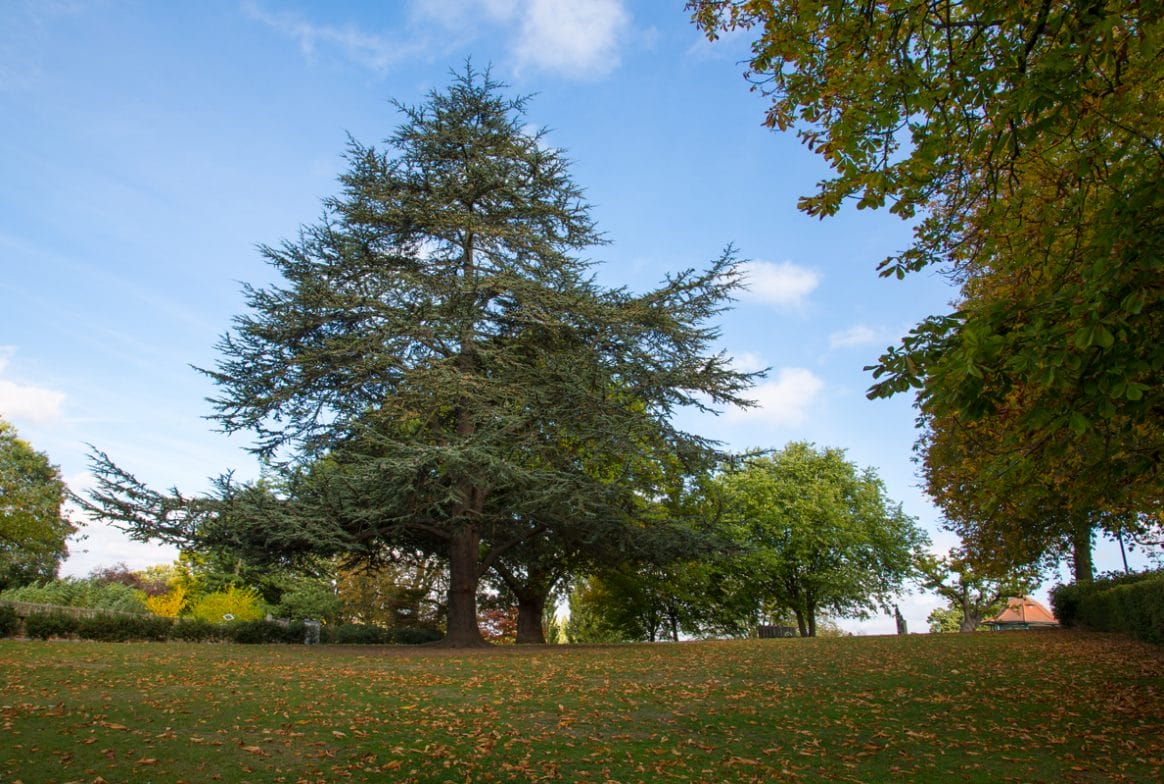
Hunter gatherers
People who lived during the Old Stone Age (Palaeolithic) and Middle Stone Age (Mesolithic) followed a ‘hunter-gatherer’ way of life. They moved around as the seasons changed, looking for animals to hunt and fruit, plants and nuts to gather. What can you find in the Museum’s gardens that a Stone Age person could use or eat?
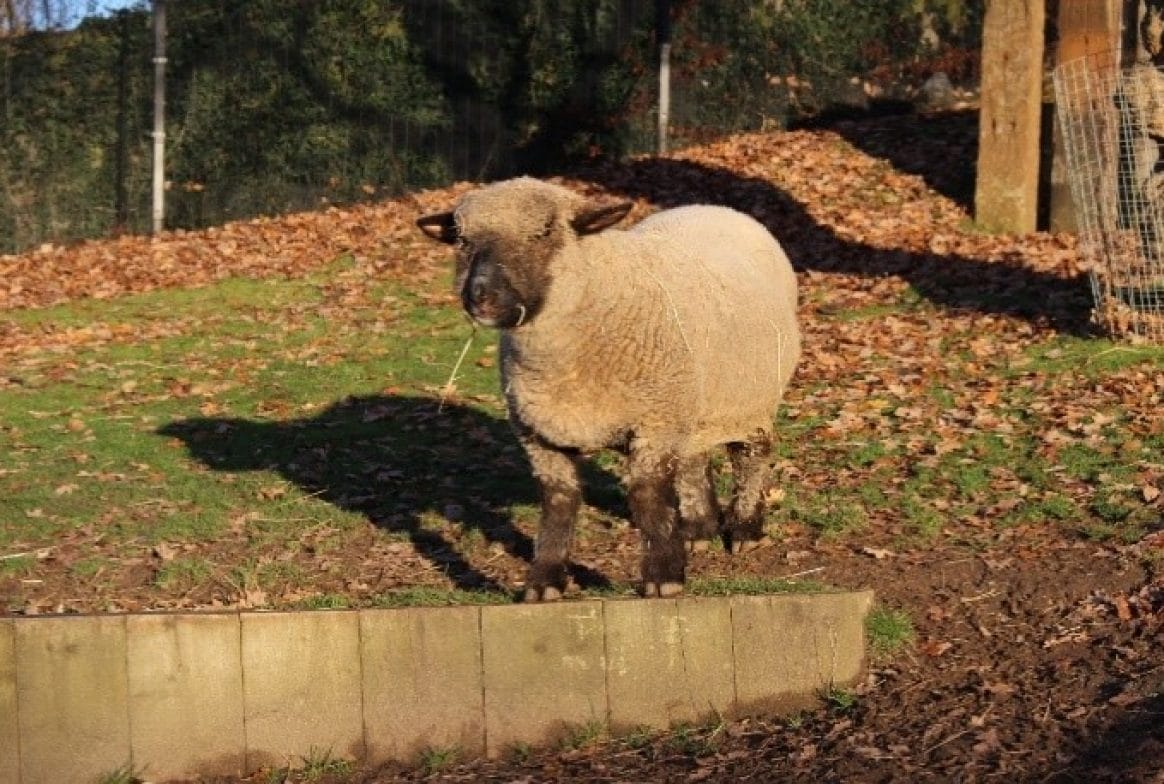
Farming
During the New Stone Age, or Neolithic (c.4000-2500 BC), people invented farming and began to settle in one place. Wild animals were caught and farmed so that their meat, skin and milk could be used. People started to grow crops too, and used wheat to make bread just like we do today!
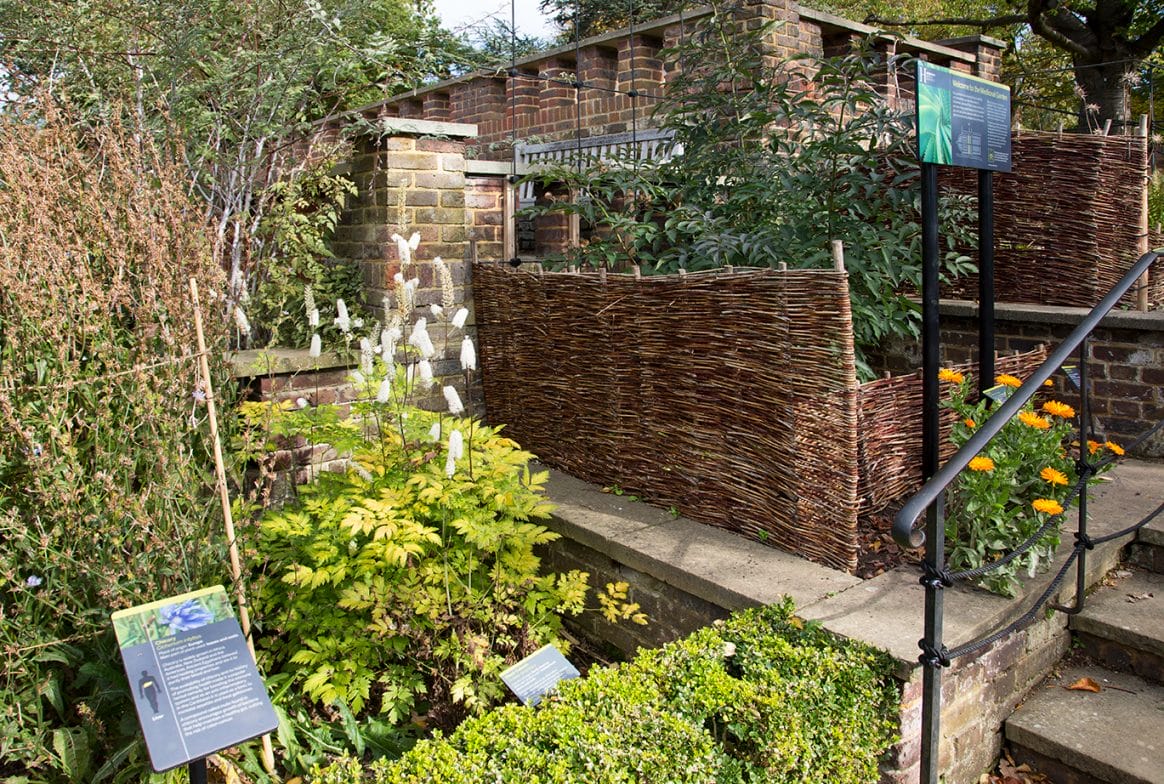
Homes
In the Neolithic, people often built homes close to fresh water. ‘Wattle’ walls were woven from strong, bendy tree branches and covered with a mixture of mud, straw and dung, called ‘daub’.
What else could you make with woven branches?
What else could you make with woven branches?
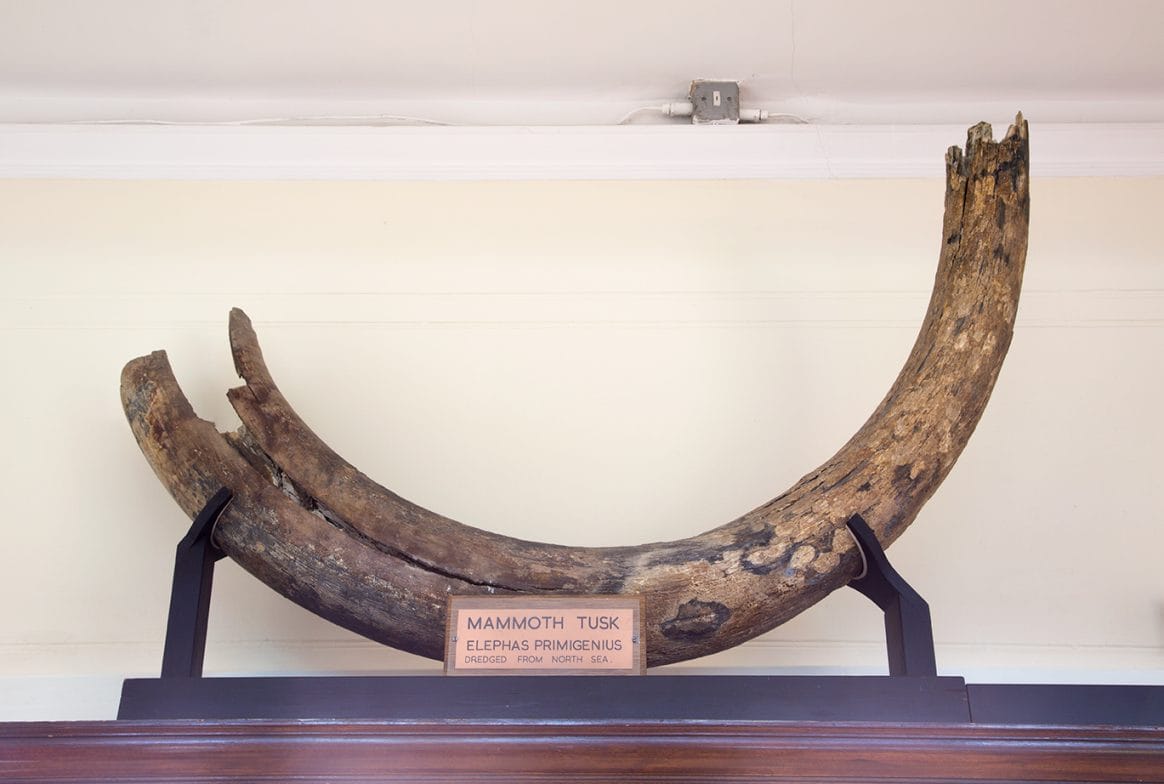
Mammoth tusk
Mammoths were a fantastic prize for Stone Age hunters. Their flesh provided lots of food and their thick waterproof skins made warm clothing. Killing a mammoth was dangerous, and hunters had to work together using clever tactics.
What have you done as part of a team?
What have you done as part of a team?
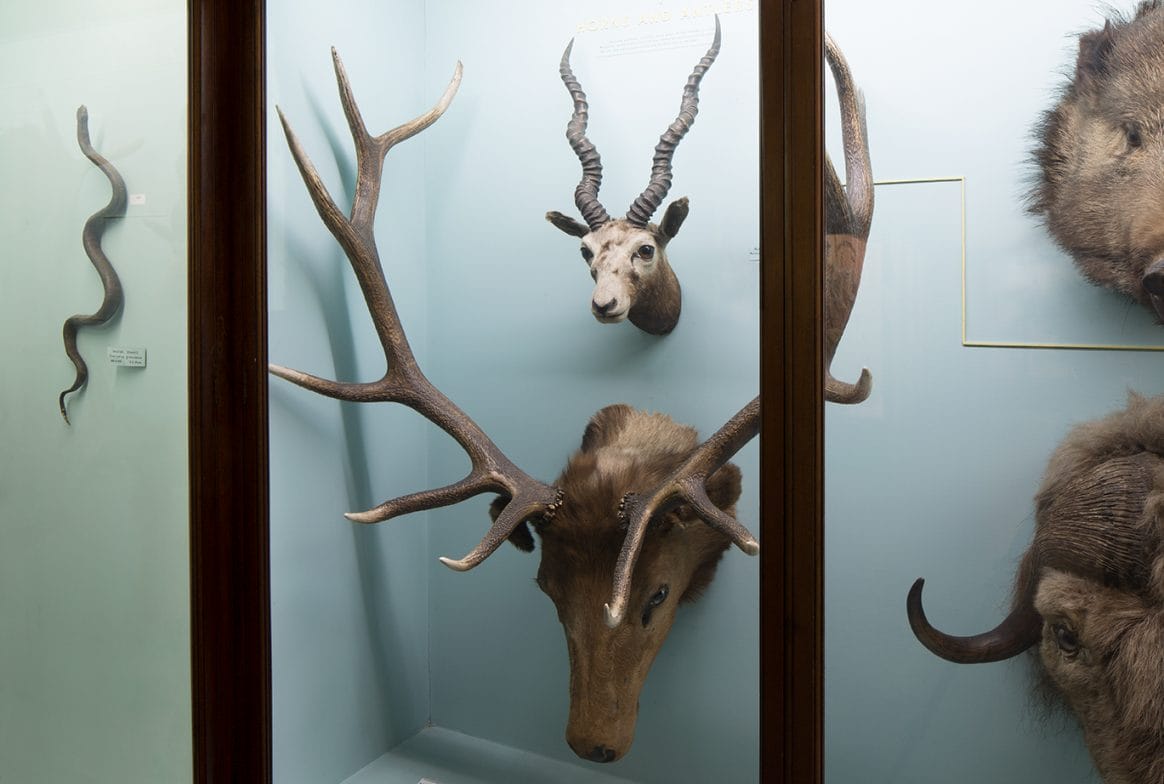
Horns and antlers
Prehistoric people hunted deer for much more than food. A deer’s fur was used for blankets, clothes and shelter; its bones made into tools; and sinew used to ‘haft’ (fasten) stone tools to handles. People even used deer antlers as hammers for making and sharpening stone tools!

Axe head
The shape of this Neolithic axe head was made by slowly and carefully chipping away at a big piece of flint in process called ‘flint knapping’. The finished axe head would then be fixed (hafted) to a handle.
What may have happened to this axe head’s handle?
What may have happened to this axe head’s handle?
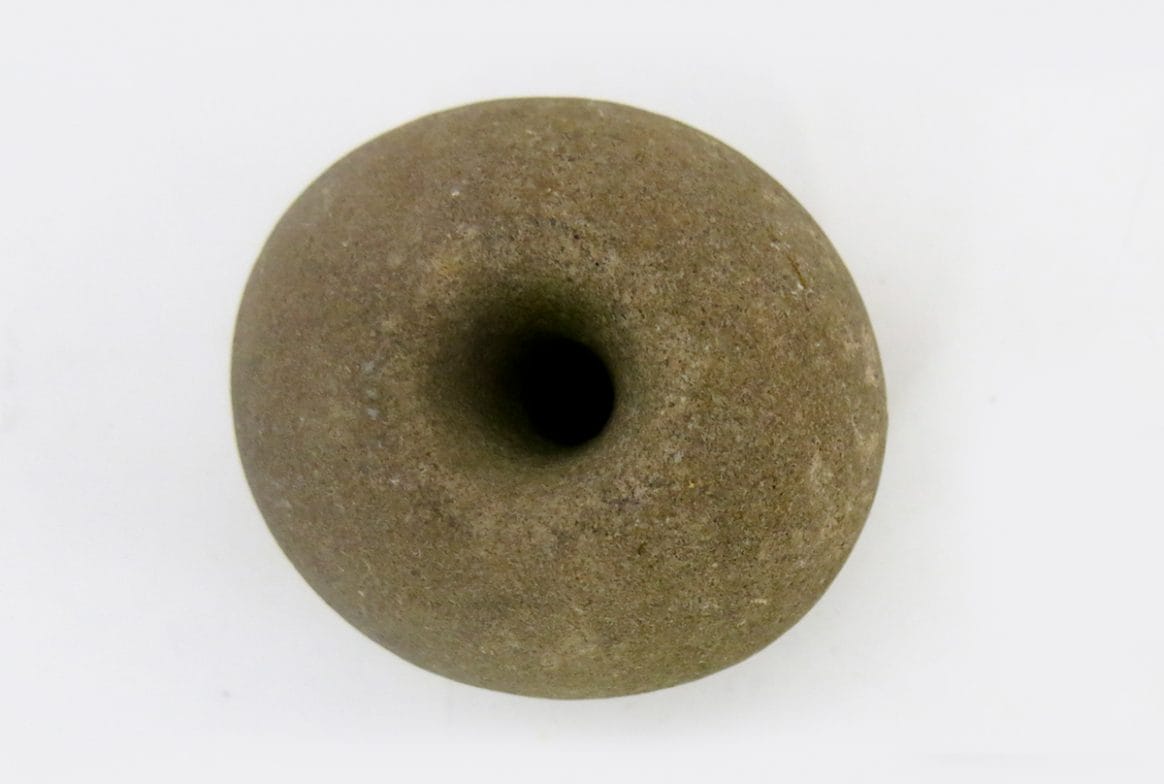
Loom weight
Neolithic people began making clothes from woven sheep’s wool. The wool was spun into threads that were woven together on a frame called a ‘loom’. These weights were tied to hanging threads to pull them tightly, making them easier to weave around. Are you wearing anything made of wool?
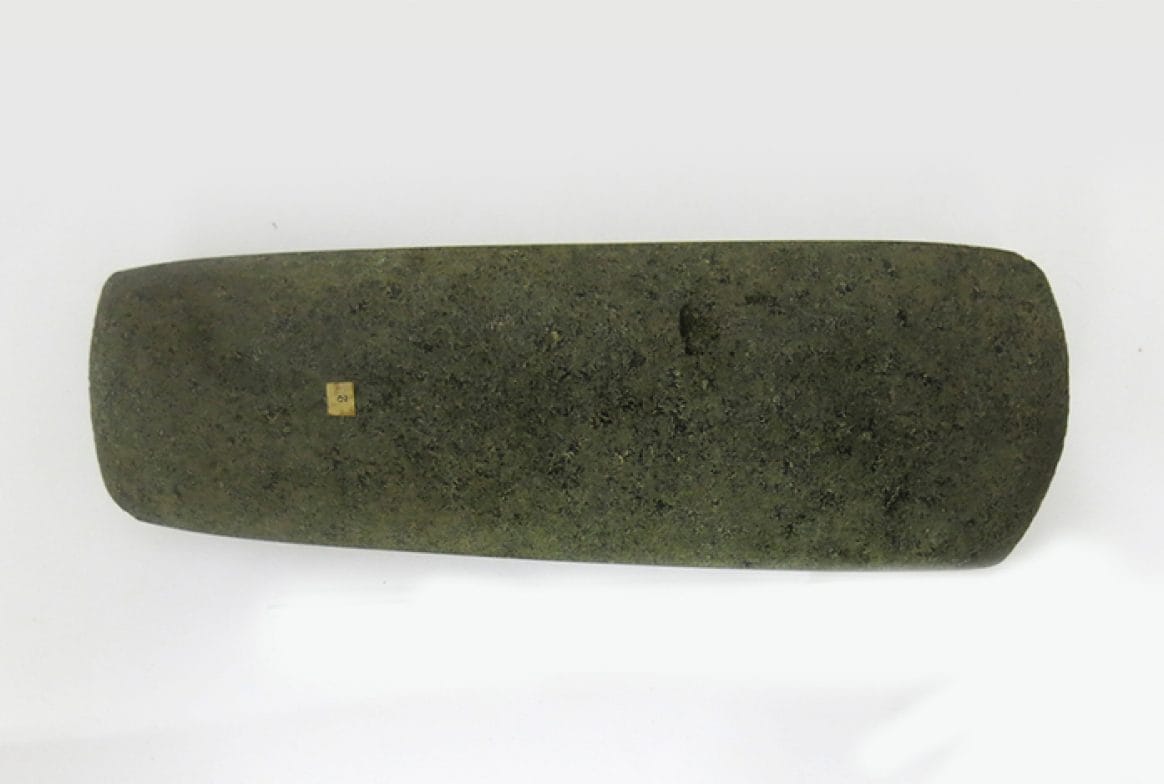
Bronze Age axe head
The Bronze Age began around 2500 BC, when people found a way to make tools from metal, however people didn’t suddenly stop making stone tools too. This stone axe was made during the Bronze Age and has been polished to make it smooth and strong. It would have taken about 100 hours to make this axe head; do you think it was worth the work?
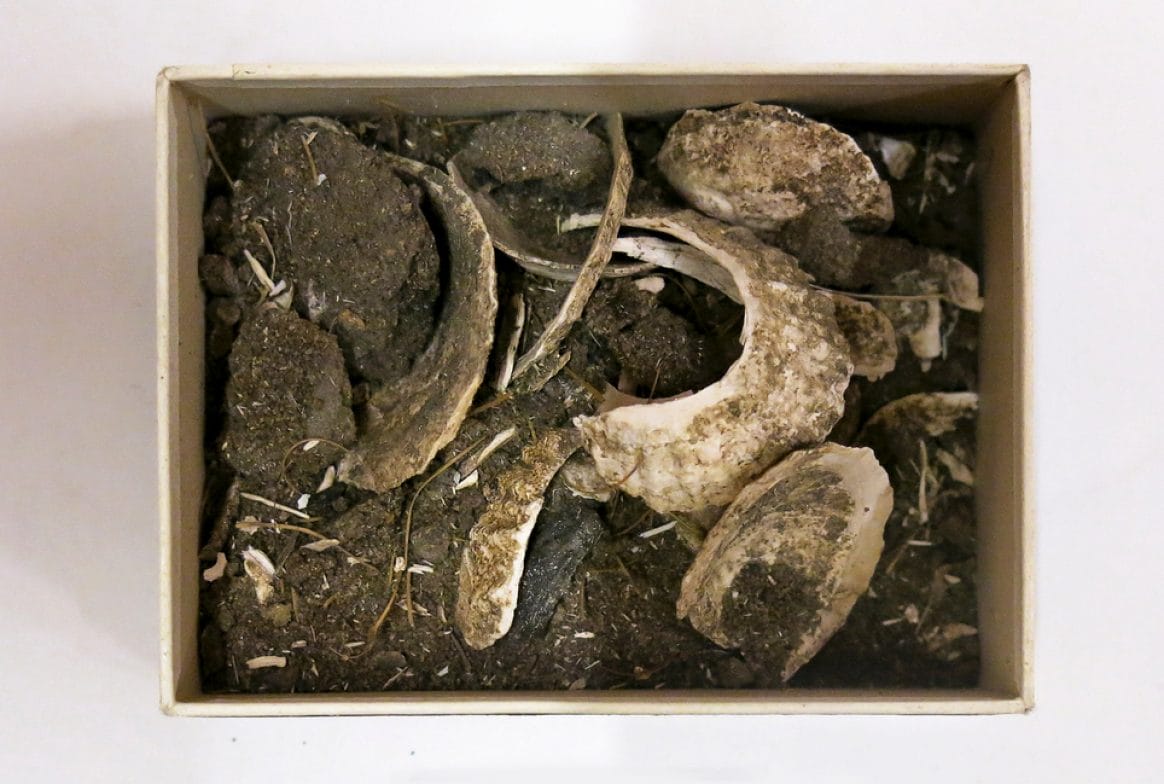
Limpet shells
These shells are evidence of a prehistoric dinner! Hunter-gatherers ate shellfish when they stayed by the sea. Animals’ shells, bones and teeth survive long after the meat has been eaten or rotted away.
What survives from the food we eat today?
What survives from the food we eat today?
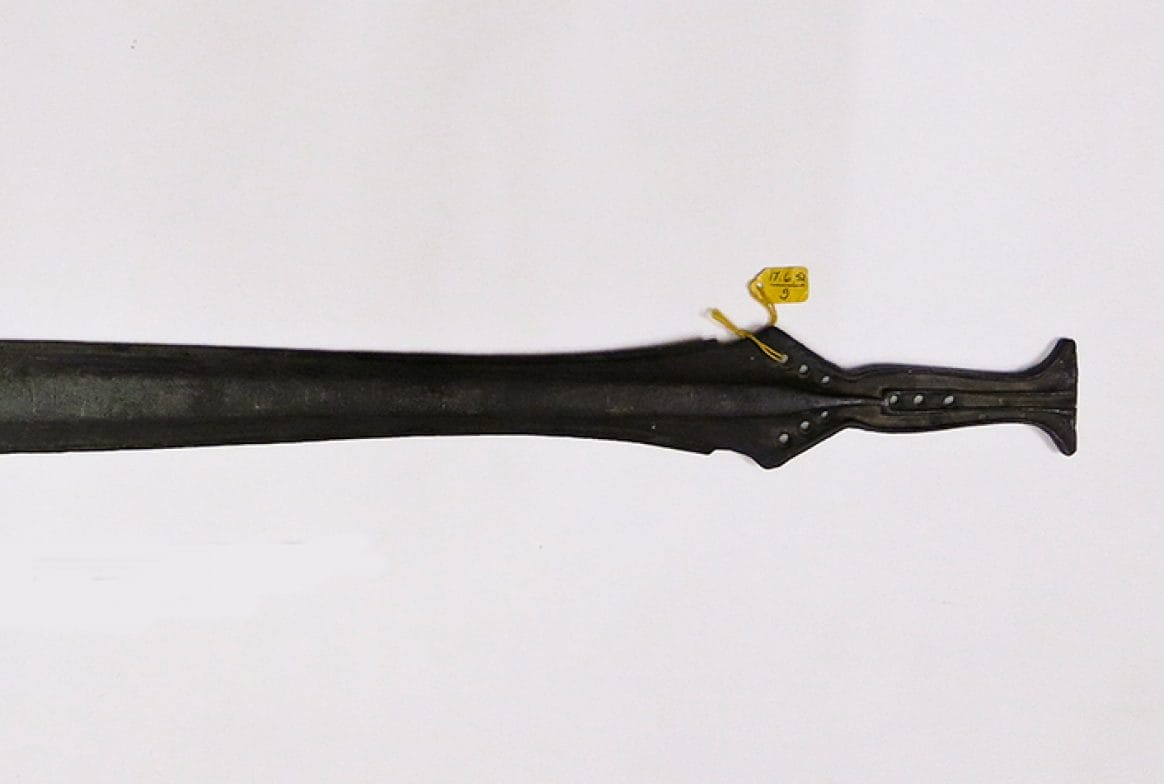
Bronze Age sword
This sword’s long, thin shape was made by filling a mould with hot, liquid bronze. People couldn’t make shapes like this from stone, and metal tools were sharper and longer-lasting. Later, in the Iron Age (800 BC- 42 AD), iron was used to make even stronger tools and weapons.










